For those enjoying a weekend break at Lancaster House Hotel, you don’t have to go far to explore the rich history that forms the character of this royal city.
The Romans built a fort in the first Century AD situated above the River Lon, or Lune. The word for fort ‘castra’ became ‘ceaster’ in Anglo Saxon, so the fort became ‘Lonceaster’, and eventually Lancaster. Here are five historic landmarks to get you started.
1. Lancaster Castle
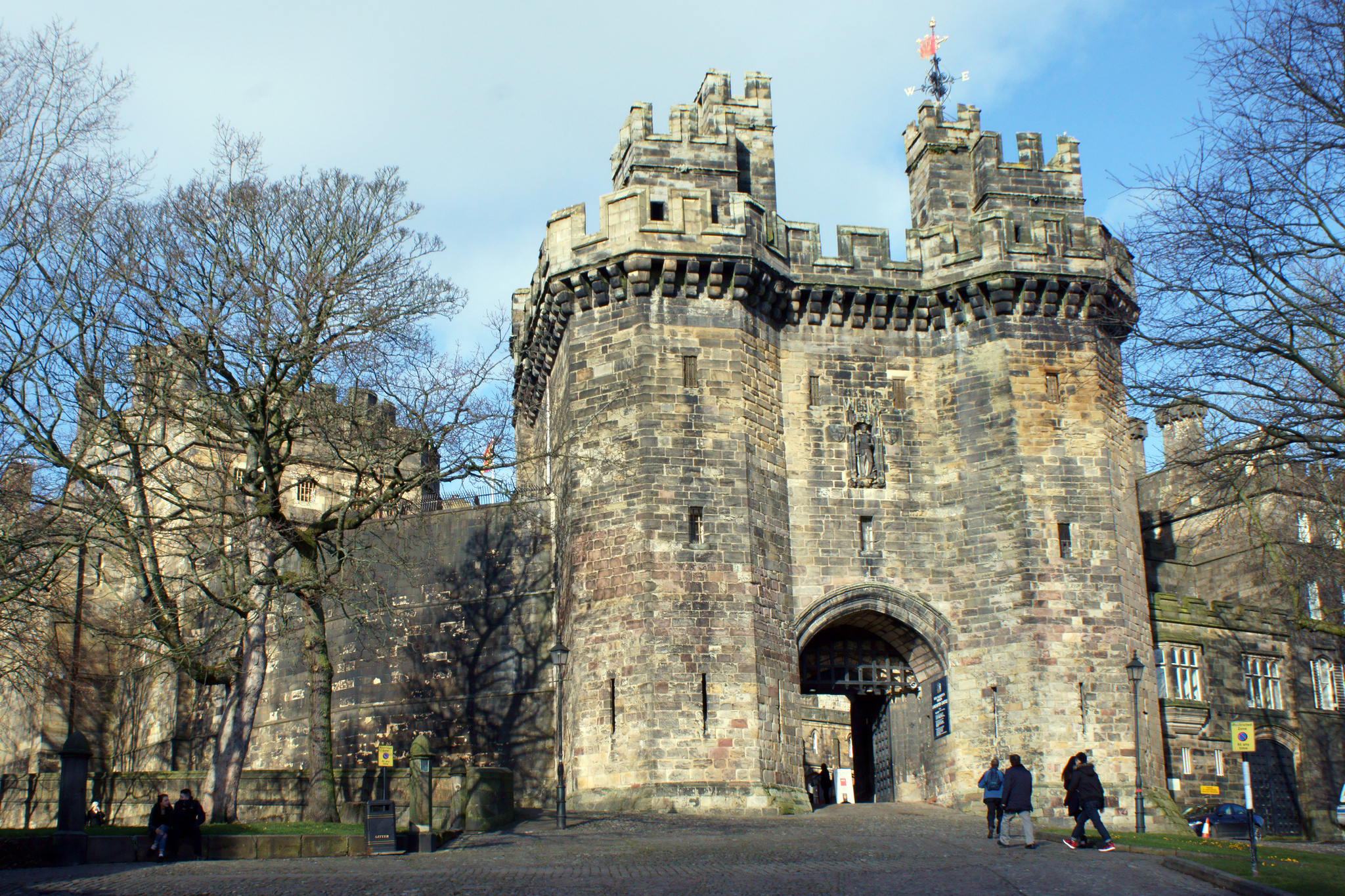
Lancaster Castle, John of Gaunt’s gatehouse / CC2.0 Gidzy
Roger of Poitou was given the land by William the Conqueror and began to build the castle in the late 11th Century. Only the courts and the prison of the original castle remains. An early gallows in what came to be known as ‘The Hanging Town’ can still be seen. Indeed, more people than anywhere else in the country, outside London, were executed here.
2. Lancaster Priory
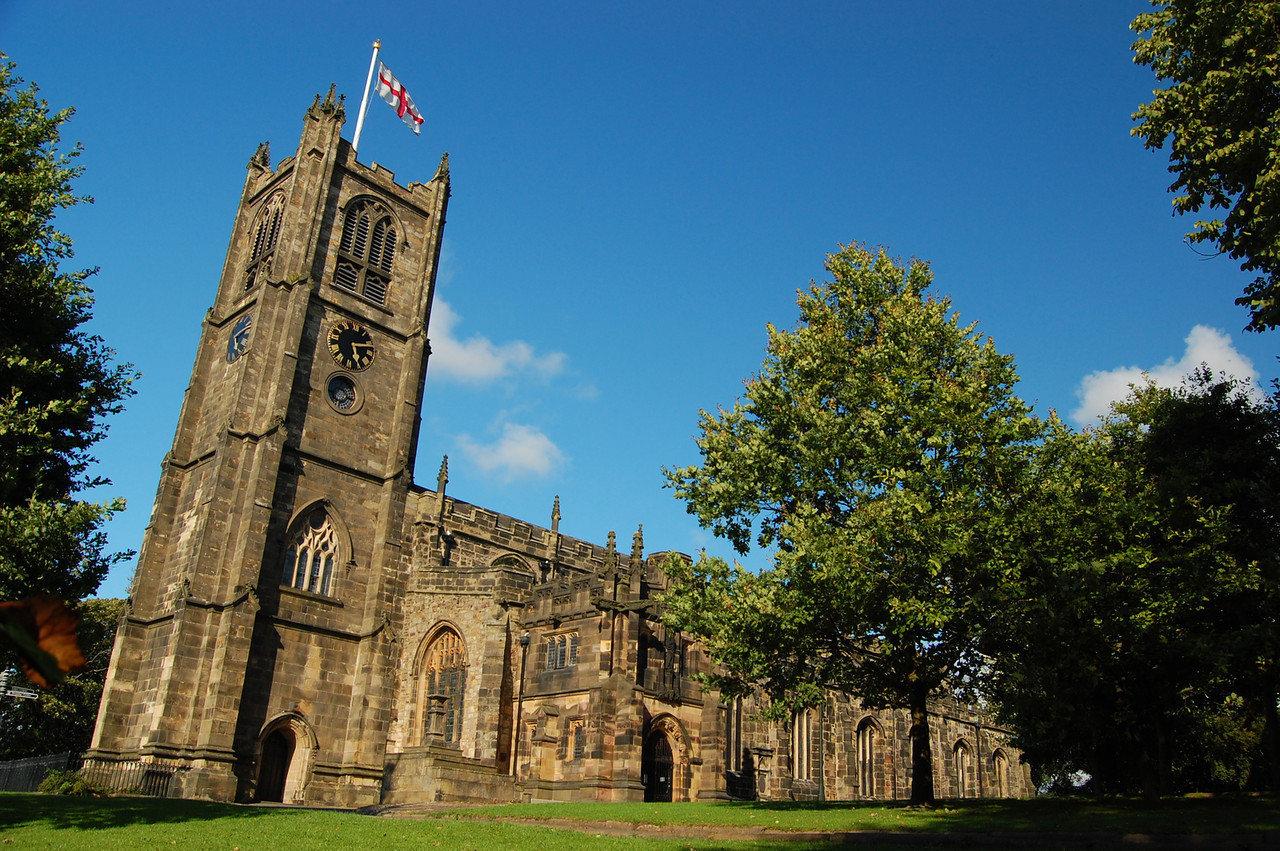
Lancaster Priory, formally the Priory Church of St Mary
Lancaster Priory is located next to the Castle on Castel Hill. A Roman oil lamp discovered in the grounds of the priory indicates that there may have been some kind of Christian worship on the site since circa 180 AD. Certainly there has been Church building here since the 600s, a Saxon doorway visible today in the west wall or the present nave. Most of the current Church dates from the 15th Century, the tower being added in the 18th Century.
The carved oak choir-stalls are amongst the oldest in the country, believed to date from 1340, and the fretwork described by John Ruskin as the finest in England.
3. Ashton Memorial, Williamson Park

The Ashton Memorial is a folly in Williamson Park, Lancaster, Lancashire, England built between 1907 and 1909 by millionaire industrialist Lord Ashton.
Created by wealthy landowner, James Williamson, the park was intended as a scheme for the unemployed of the city. It transformed the bleak moorland and quarries into a lush and beautiful parkland for all to enjoy. His son, also James, continued the work and built the imposing Ashton Memorial, known locally as the Taj Mahal of Lancaster, to commemorate his second wife, Jessie, who died in 1904.
While visiting the park, it is well worth visiting the old Vicorian Palm House which is now a Butterfly House, home to butterflies which flutter elegantly around their leafy surroundings.
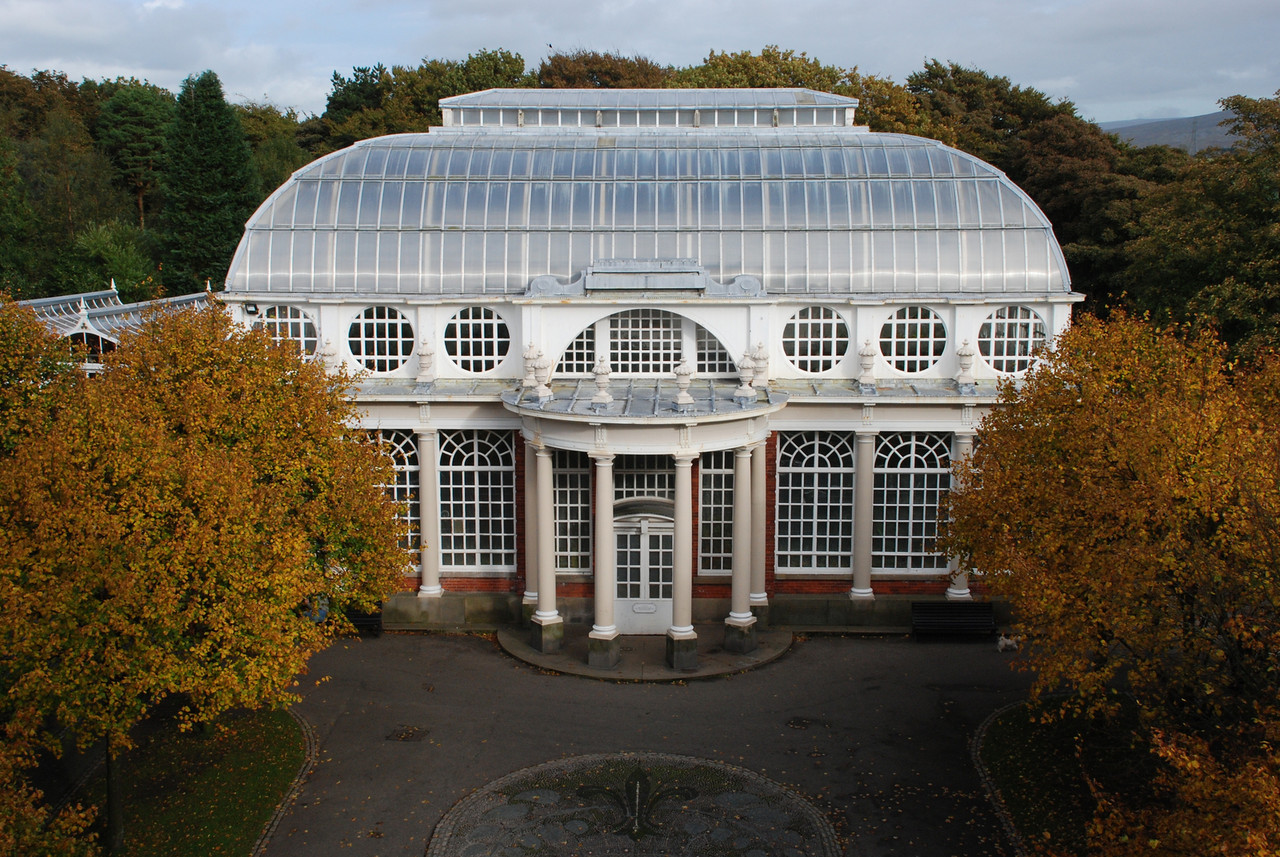
Butterfly House as seen from Ashton Memorial
4. Queen Victoria Monument

Statue of Queen Victoria, Dalton Square, Lancaster / CC 2.0 Andrew Batram
This imposing monument depicts the queen guarded by four lions, one at each corner representing Truth, Wisdom, Justice and Freedom. The notable names of those from her reign are etched in the panels below amongst others – Robert Peel, William Makepeace Thackeray, Alfred, Lord Tennyson, Florence Nightingale and Mary Ann Evans (aka George Eliot).
5. Judges’ Lodgings
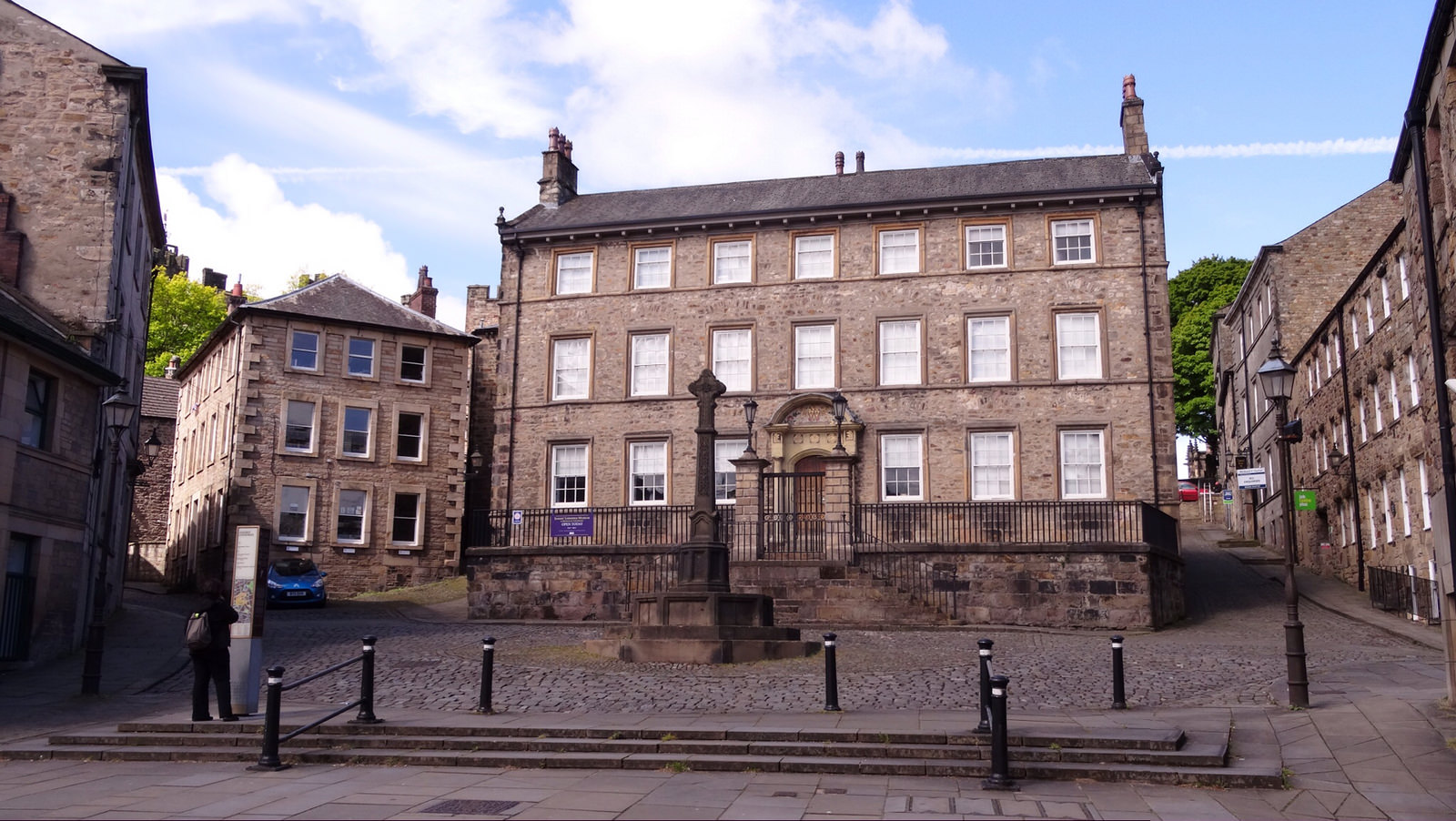
Judges’ Lodgings where the witch hunter, Thomas Covell used to live. Lancaster. / CC2.0 Gidzy
The oldest townhouse in Lancaster, and the first in the city to have shutters. Home to Thomas Covell, Keeper of Lancaster Castle and notorious witch hunter, it went on to be used by judges when exercising the law twice yearly at the Assize Court. At those times the city would buzz with the excesses of the noble and the great who came to be entertained by the law in action. Now a Grade 1 listed building, it was converted to a museum in 1975 and features a Museum of Childhood and the antique Gillow furniture collection.
Locally Sourced Produce
After a stroll around the city discovering the secrets of the past, why not enjoy some traditional Lancastrian fayre at our Foodworks Restaurant, or sample a glass of Sandeman Port at the Sandeman Bar, Lancaster House.
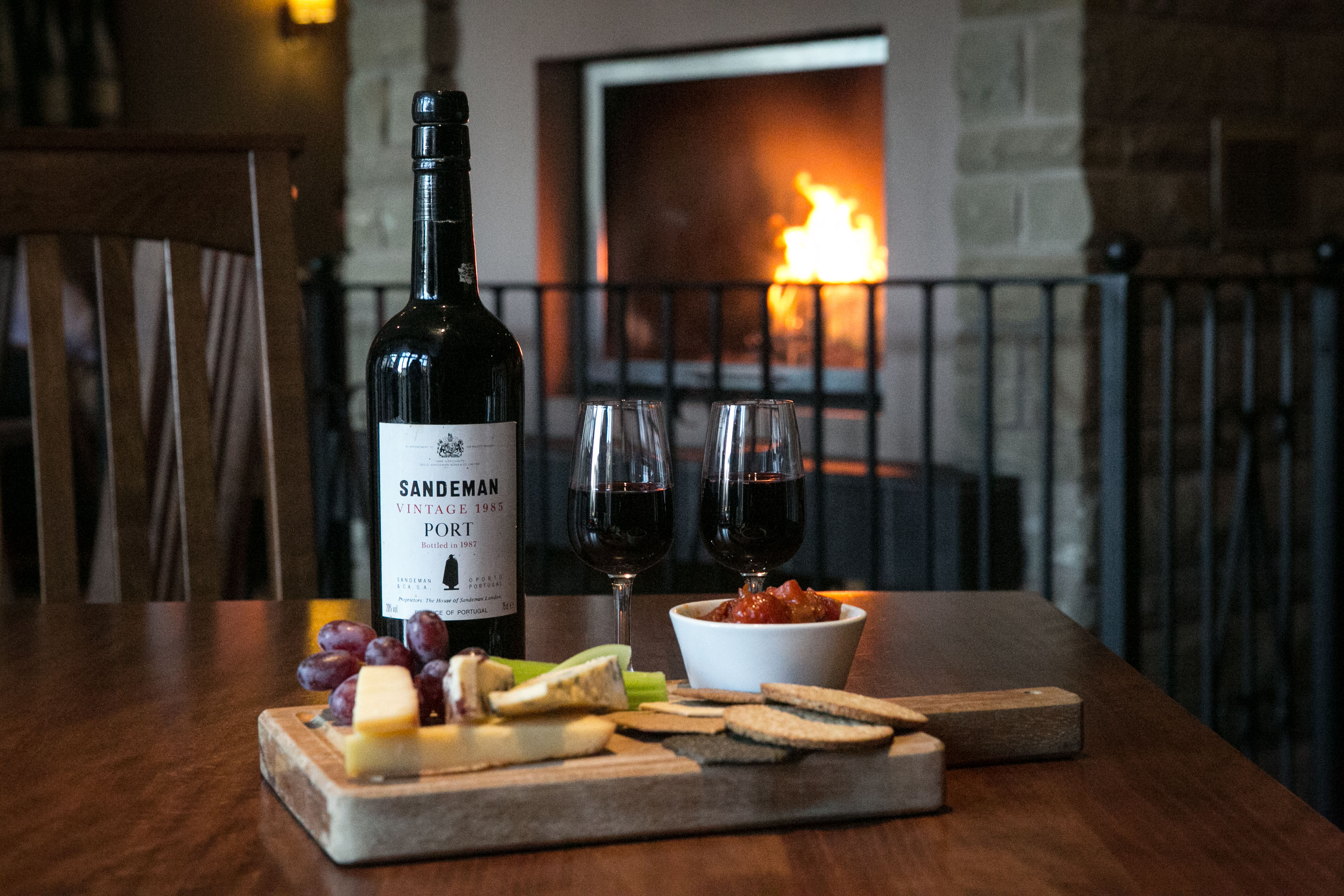
A Bottle of Sandeman Port and a selection of local cheese
